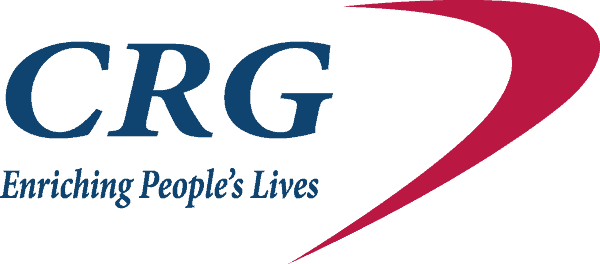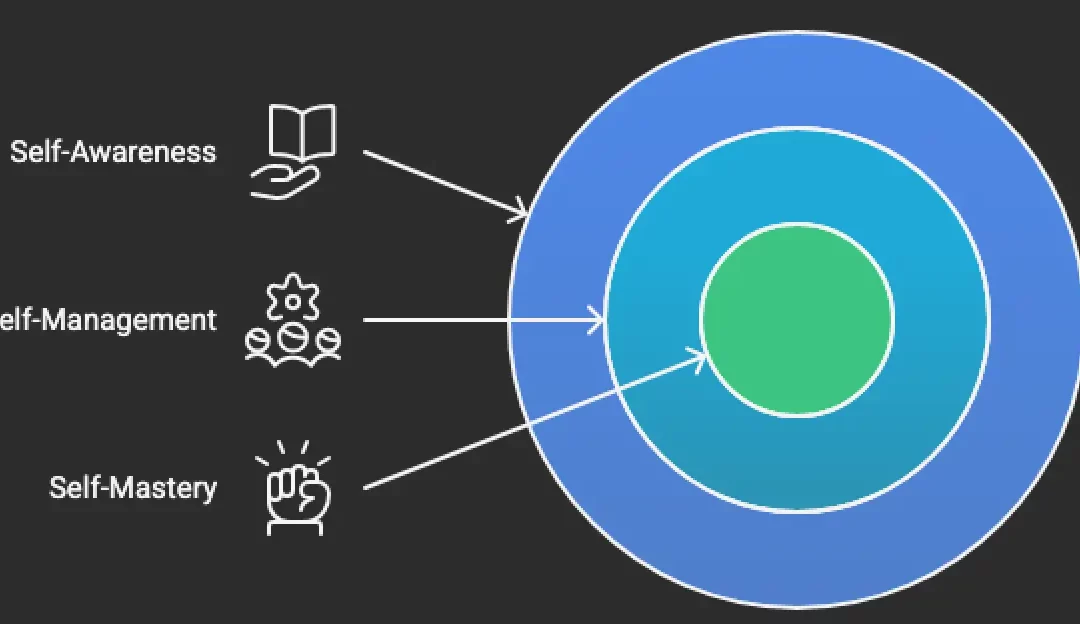The Bottom Line: Self-awareness identifies who you are, but it doesn’t create change. Research shows only 10-15% of people are truly self-aware, and most stop there. Real transformation requires progression through three stages: self-awareness (understanding your patterns), self-management (regulating your responses), and self-mastery (consistent action aligned with purpose). Organizations use less than 20% of employee potential because most personal development stops at insight without integration.
Key Takeaways:
- Self -Awareness without self-management does not lead to change or transformation
- Complete development requires addressing interpersonal, mental, emotional, physical and spiritual dimensions simultaneously
- Effective frameworks move you through all three stages and are designed for the learner, not the test-giver
Many people stop at the mirror when it comes to personal development.
They take an assessment. They discover their personality type. They map their strengths and weaknesses. Then they wonder why nothing actually changes in their life.
Here’s what the research tells us: only 10-15% of people are truly self-aware. And even among that small group, most never move beyond just identifying who they are.
Self-awareness tells you who you are. But it doesn’t tell you what to do about it.
Common Misconceptions About Self-Awareness
Myth: Self-awareness alone creates change.
Reality? Awareness is just the starting line, not the finish.
The personal development industry has sold us the idea that understanding ourselves is the solution. Take the assessment. Get your results. Read your profile. Done.
But knowing your communication style doesn’t mean you’ve learned to adapt it. Understanding your stress triggers doesn’t mean you’ve built strategies to manage them. Recognizing your leadership gaps doesn’t mean you’ve developed the skills to close them.
Myth: More self-awareness equals better performance.
Research actually shows that self-awareness can become an aversive state when you don’t couple it with development. You become hyperaware of your limitations but have no tools to move past them. That’s not growth. That’s paralysis.
Myth: Personality assessments are complete development tools.
Your personality is one piece of the puzzle. But your values, your self-worth, your wellness, your sense of calling? They’re equally critical. When you develop one area in isolation, you create imbalance in your life.
Why Doesn’t Self-Awareness Lead to Change?
Self -Awareness without self-management does not lead to change or transformation,
Gallup research shows that organizations typically use less than 20% of employee potential. Let that sink in for a moment. Eighty percent of human potential sits there, dormant.
The self-awareness industry celebrates the mirror. But real transformation in leadership development? That happens when you step away from it and start doing the work.
What Comes After Self-Awareness?
Self-management, then self-mastery.
Real transformation in personal growth follows a proven progression. Self-awareness leads to self-management, which leads to self-mastery. Most personal development programs stop at stage one and call it complete.
Self-awareness identifies your patterns, preferences, and predispositions. It’s the foundation of any leadership development journey, absolutely. You can’t manage what you don’t understand about yourself.
Self-management takes that awareness and applies it to regulate your responses, choices, and behaviors in real time. This is where knowing becomes doing. You build strategies to work with your natural wiring, not fight against it.
Self-mastery integrates self-awareness and self-management into consistent, intentional action that aligns with your purpose. This is where your potential actually becomes performance.
The industry celebrates insight and calls it transformation. But insight without integration? That’s just expensive self-knowledge that sits on a shelf.
How Do You Develop Beyond Self-Awareness?
By addressing multiple dimensions of human potential simultaneously.
Complete development requires work across interpersonal, mental, emotional, physical, and spiritual dimensions. Your personality is one piece of the puzzle. But your values, your self-worth, your wellness, your sense of calling? They’re equally critical to professional development.
When you develop one area in isolation, you create imbalance in your life.
The most effective leadership development frameworks treat these dimensions as interconnected, not separate compartments. They help you see how your personality influences your values. How your self-worth affects every decision you make. How your physical state directly impacts your emotional regulation.
Holistic development recognizes a fundamental truth: you’re not a collection of traits. You’re an integrated system.
What Tools Actually Move You From Awareness to Mastery?
Frameworks designed for the learner, not the test-giver.
You need personal development resources that actually move you through all three stages of growth, not just the first one. Tools that help you apply insights in your daily life, not just collect information about yourself.
The journey from self-awareness to self-mastery requires intentional practice. And you need to recognize that self-awareness is the beginning of your leadership development journey. Not the destination.
Next Steps to Move Beyond Self-Awareness
1. Assess where you actually are in the progression.
Are you stuck at self-awareness? Do you have insights but no strategies? Be honest about which stage you’re operating in right now.
2. Build self-management strategies for your specific patterns.
Take one area where you have awareness but no control. Your stress response. Your communication under pressure. Your decision-making when tired. Build one practical strategy to regulate that pattern this week.
3. Address multiple dimensions simultaneously.
Don’t just work on your personality. Look at your values alignment. Your physical wellness. Your sense of purpose. Pick two dimensions and create a development plan that treats them as connected, not separate.
4. Choose tools designed for application, not just insight.
Stop collecting assessments. Start using frameworks that give you strategies to apply what you learn. Look for resources built for the learner, with practical exercises and real-world application.
Your assignment isn’t to understand yourself perfectly. It’s to become the person you’re designed to be.
That requires stepping away from the mirror and leaning into intentional growth.

